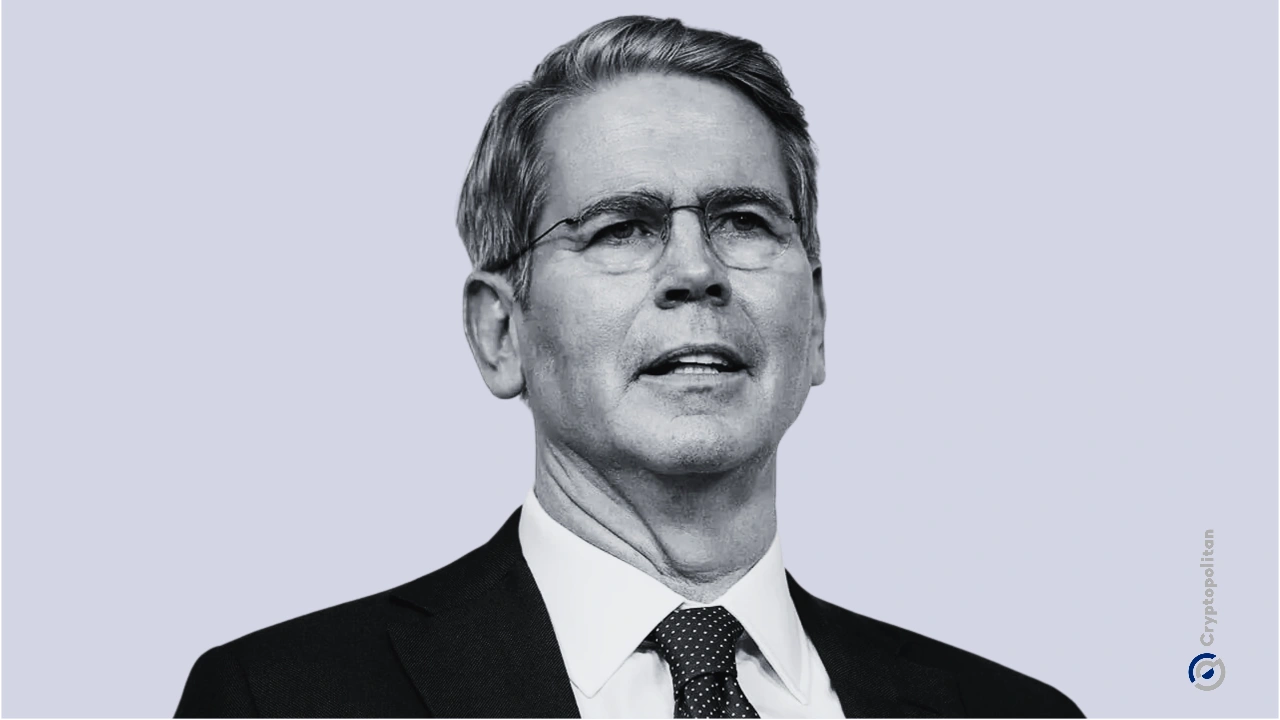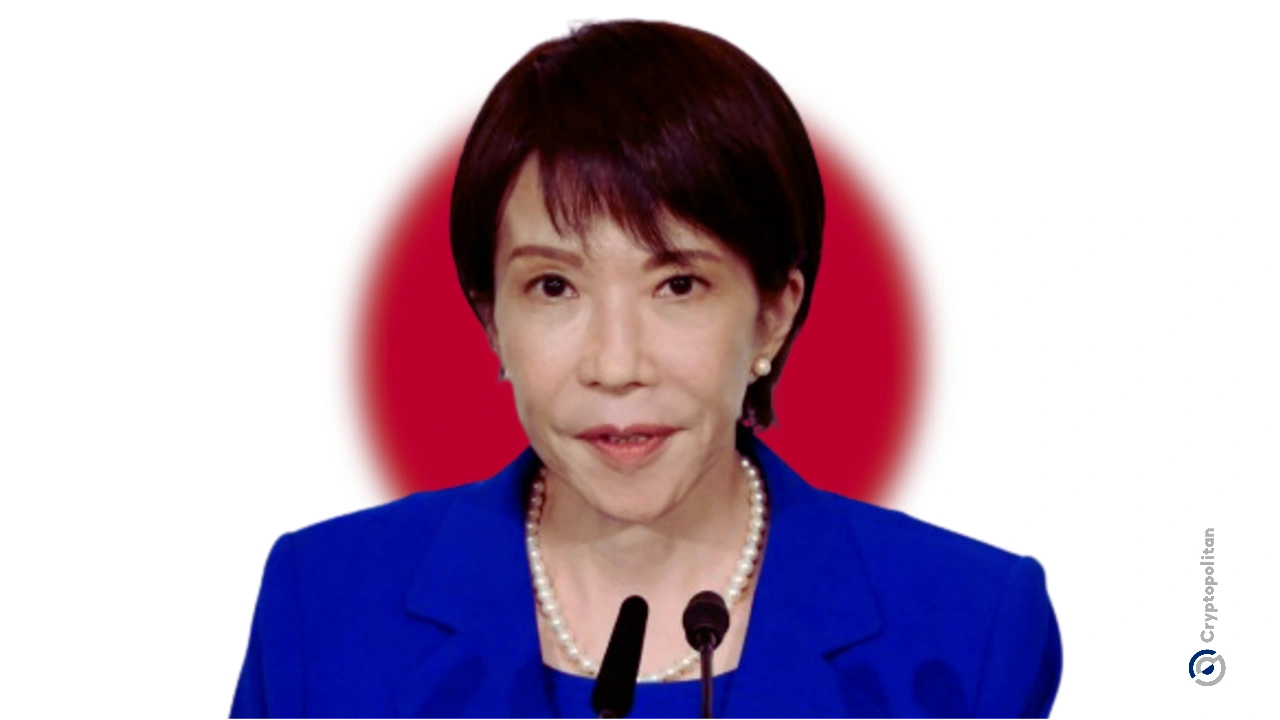Scott Bessent has now made it official. On Monday, the Treasury Secretary confirmed that the shortlist to replace Federal Reserve Chair Jerome Powell has been narrowed to five names, and Donald Trump wants the final decision made before the end of the year.
Both men spoke to reporters aboard Air Force One, making it clear that the process is moving fast. Powell’s current term as chair runs until May, but Trump does not feel like waiting for that timeline.
If Powell steps aside afterward, he can remain as a governor until 2028, but it is clear the administration is preparing for a shift.
Scott named the finalists one by one. They include current Fed Governors Christopher Waller and Michelle Bowman, National Economic Council Director Kevin Hassett, former Fed Governor Kevin Warsh, and BlackRock executive Rick Rieder.
These names were already circulating earlier this month after being reported by Cryptopolitan, but Monday was the confirmation.
Scott said he has already conducted several interviews and expects to run one more round after the Thanksgiving holiday. He said he plans to present what he called a “good slate” to Trump shortly after.
Trump aims for decision before year‑end
Trump also spoke during the same flight and emphasized the timeline.“We are looking to announce by the end of the year,” he said. Powell’s term ending in May means there is room for transition planning.
If Powell decides not to remain on the Board of Governors, Trump could gain an additional seat to fill, giving him four appointees on the seven‑member board.
Right now, Trump already has three: Waller, Bowman, and Stephen Miran, who is serving out an unexpired term that ends in January.
Miran recently moved into the position of head of the Council of Economic Advisers after being confirmed in September, but he is not expected to be reappointed. Miran has pushed for the Federal Open Market Committee (FOMC) to be more aggressive in easing policy.
Trump has not been successful, however, in efforts to remove Governor Lisa Cook from the Board. And while the Board holds significant influence, voting power on monetary policy also rotates. Five regional Federal Reserve Bank presidents vote at each FOMC meeting, joining the governors.
Rate cut expectations shape the backdrop
This decision comes during a week when the FOMC is meeting, with the rate decision expected Wednesday. Markets are treating a quarter‑percentage‑point rate cut as almost certain.
That would follow a similar cut in September. The policy rate would then fall into the 3.75% to 4.00% range. Financial markets are already pricing in further cuts in December and January.
Expectations for easier policy are tied to signals across the economy. Unemployment insurance claims continue to climb, showing cooling demand in the labor market.
The government shutdown has delayed the release of most official statistics, including the unemployment rate. The most recent reading placed it at 4.3% in August.
Inflation, measured by the consumer price index, rose 3% in the year through September, which reduced concerns about tariff‑related price spikes.
Last month’s FOMC statement included a reference to “additional adjustments,” a phrase many understood as an indicator of more cuts ahead.
Michelle Bowman pointed to that language directly, saying it signals that easing is not finished. Analysts do not expect the Fed to suggest a pause in the upcoming statement.
Powell, for his part, is not expected to commit to anything at Wednesday’s press conference. Too many variables are still in motion.
Global trade negotiations could shift prices or growth. And if the government shutdown ends soon, the Fed could receive three months of employment data before the December meeting, which could change the entire outlook.
As Deutsche Bank economists put it, “Powell is likely to keep options open and not pre‑commit to a particular action through year‑end.”
Join Bybit now and claim a $50 bonus in minutes











